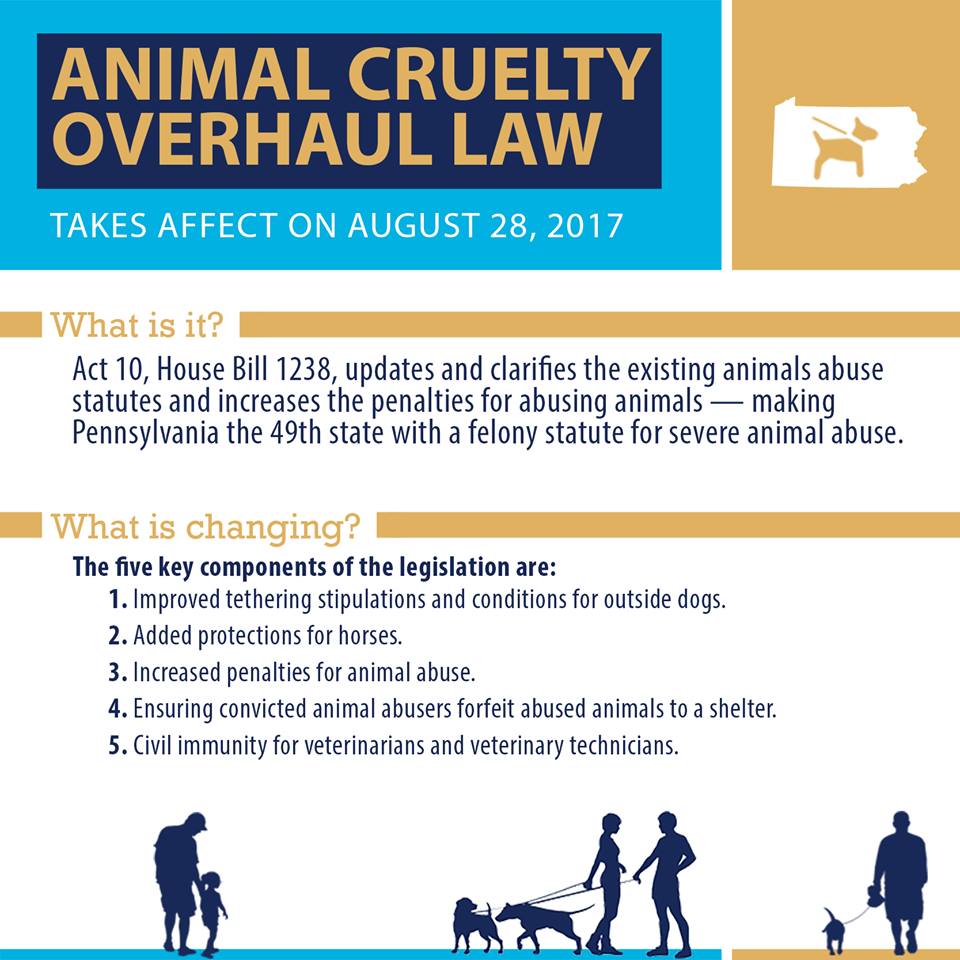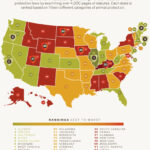Animal cruelty laws serve as an unwavering bulwark against the specter of inhumane treatment inflicted upon our society’s most vulnerable inhabitants. These statutes are not merely ink on paper; they are the embodiment of our collective conscience, a reflection of a society determined to protect those who cannot defend themselves. Understanding these laws is imperative, for they delineate the boundaries of acceptable human-animal interactions and promote a culture of empathy and responsibility.
At the core of animal cruelty legislation lies a fundamental principle: the recognition of sentience in animals. Animals, like us, are capable of experiencing pain, distress, and suffering. Thus, the laws addressing animal cruelty are imbued with the urgency to mitigate these experiences. Various jurisdictions across the United States have enacted laws that criminalize the mistreatment of pets, livestock, and wildlife, each tailored to the unique circumstances surrounding different species and situations.
The varying degrees of animal cruelty laws can be likened to a cascading waterfall—each level a tributary contributing to a larger reservoir of legal protections. Simple cases of neglect—such as inadequate water, food, shelter, or veterinary care—often fall under misdemeanor statutes. Yet, these minor transgressions can accumulate, waterfall-like, into more egregious offenses, resulting in felony charges for severe cases involving torture, severe neglect, or malicious killing.
States often differentiate between categories of animals when implementing these laws. For example, while domestic pets may enjoy heightened protections, farm animals may be regulated under agricultural statutes that sometimes allow practices criticized as cruel. This disparity in treatment can loom large in discussions about animal rights, highlighting areas where humane standards are often eclipsed by industrial practices.
Moreover, holistic legislation also encompasses community-driven initiatives. Some laws impose mandatory reporting requirements, compelling veterinarians and citizens to inform authorities of suspected abuse. These provisions recognize that combating cruelty is not solely a legal battle; it is a communal crusade. By fostering vigilance among the citizenry, these laws cultivate a culture where shared responsibility reigns, igniting the flame of advocacy throughout neighborhoods.
In addition to punitive measures, animal cruelty laws also advocate for educational outreach. An intrinsic facet of these laws should be the promotion of humane education. Initiatives that teach respect for animals, empathy, and responsible pet ownership have proven effective in diminishing instances of cruelty. Our actions echo in the lives of animals, underscoring the necessity for young minds to receive an education that emphasizes compassion and stewardship.
Another salient point of discussion is the intersection of these laws with federal legislation. The Animal Welfare Act (AWA), a cornerstone of federal animal protection, sets standards for the humane treatment of animals in research, exhibitions, and commerce. However, the AWA typically excludes many animals, particularly those in shelters or those bred for food. This gap highlights the need for continuous improvement in our legal frameworks, particularly as societal values evolve and demand broader protections for all sentient beings.
One cannot overlook the role of enforcement in ensuring the efficacy of animal cruelty laws. Animal control officers and law enforcement agencies are pivotal in implementing these regulations, yet challenges abound. Resource limitations, lack of training, and community support can stymie enforcement efforts. Thus, bolstering these agencies through funding, training, and community engagement is fundamental for the laws to have the intended impact on reducing cruelty.
Another metaphor that resonates within the realm of animal protection is that of a tapestry—each thread representing various stakeholders, from legislators and law enforcement to animal rights activists and ordinary citizens. Each thread must be woven tightly to create a robust fabric capable of resisting the relentless unraveling of cruelty and neglect. Strengthening this tapestry requires collaboration, ongoing dialogue, and firm resolve—a concerted effort to weave a future where animal suffering is minimized, and respect reigns supreme.
The evolution of animal cruelty laws is not a straight path but rather a winding labyrinth, marked by setbacks and victories alike. The societal resonance surrounding animal rights has intensified, leading to remarkable legislative accomplishments in some regions. Promisingly, states are revisiting their statutes more frequently, spurred by advocacy efforts that bring new perspectives and urgency.
Moreover, emerging trends in animal rights advocacy symbolize a horizon of hope. The increased visibility of rescues, the growth of animal sanctuaries, and the rise of cruelty-free consumerism are potent testaments to cultural shifts. As society awakens to the impact of its choices, legislative frameworks may also adapt, paving the way for more comprehensive protections.
In conclusion, while animal cruelty laws form a vital defense against inhumane practices, they represent more than legal enforceability; they embody our moral obligation to those who depend on us. Through a multifaceted approach that includes education, community involvement, and legislative progress, we can strengthen these laws, transforming our ideations into realities. It is imperative that these protections evolve, continually mirroring our growing understanding of the rights and welfare of our animal companions, thereby knitting a more compassionate world for every living being.








